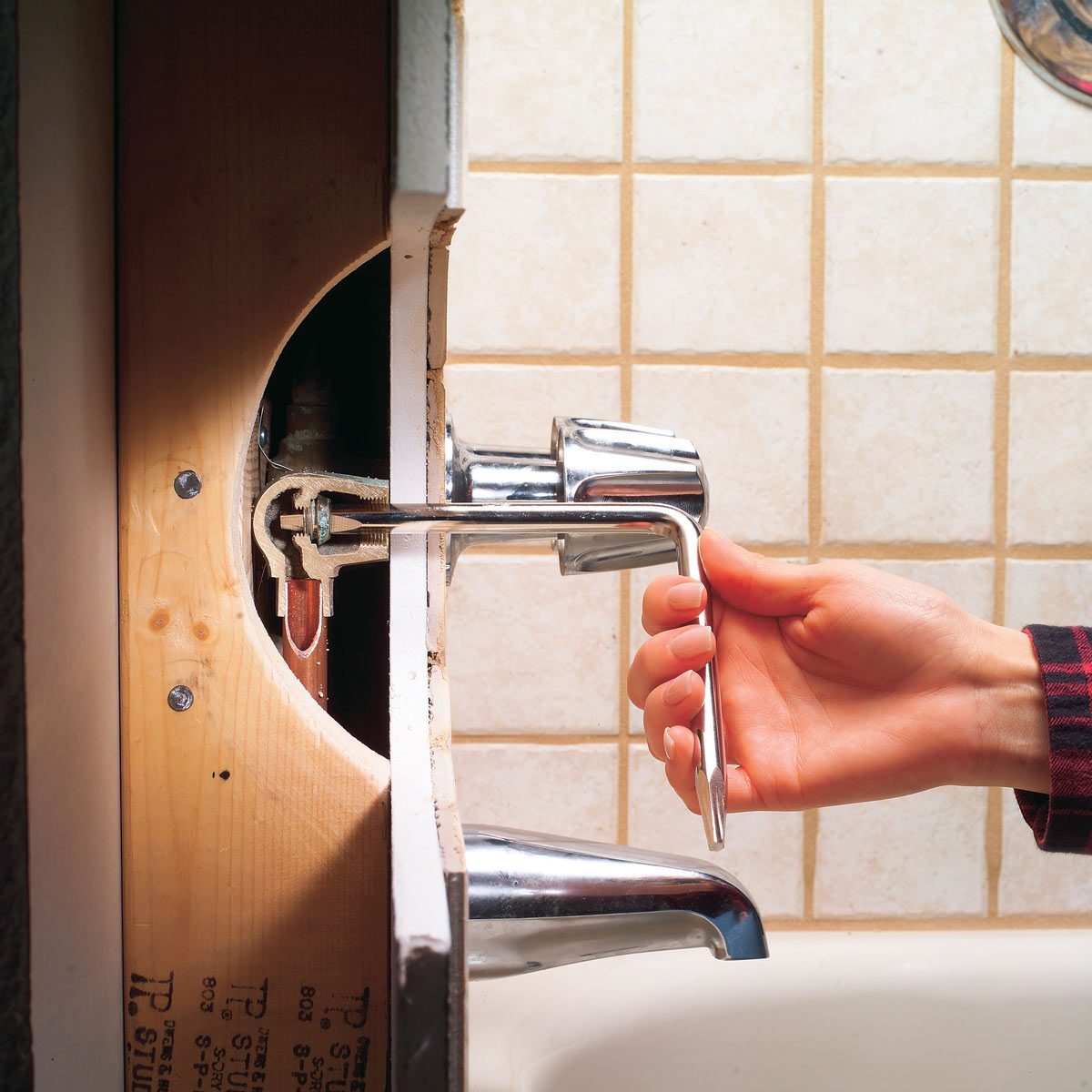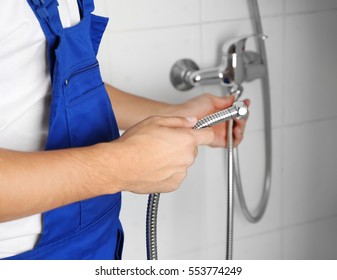5 Solutions to Acrylic Bathroom Issues
5 Solutions to Acrylic Bathroom Issues
Blog Article
{Top Article What are your beliefs about Hiring a Plumbing Company? We recommend that you clean your acrylic bathing product made of Delta ProCrylic or Acrylic with Innovex Technology with non-abrasive soaps and cleaners, such as: When it’s time to clean, always use a terry cloth towel, soft cloth or sponge to avoid scratching the acrylic surface. Don’t use abrasive scrubbing pads, steel wool or sponges, cause permanent damage to the acrylic material. If you use a drain cleaner or clog remover, be sure to rinse thoroughly with water so no product is left standing near the drain. Some chemicals and cleaners may deteriorate acrylic surfaces, causing cracks and, potentially, property damage. To avoid this, don’t use cleaning products that state on their label that they are not suitable for use on Acrylic, ABS, Polystyrene or Plastic. Be sure to check the label of any product before you apply it to the surface; it’s easier to avoid damage than to try to remedy it. Chemicals we do not recommend using to clean acrylic showers/tubs: When you’re ready to apply sealant, a little planning goes a long way. Pick up some painter’s tape and use it to mask off the seam to help make cleaning up easier. When you’re applying the bead, use a constant, steady speed to avoid an uneven finish. Use a caulk tool or a plastic spoon to work the sealant into the joint. Wetting the tool with denatured alcohol will help create a smooth finish. Follow the directions on the back of the tube for cure time. Certain chemicals and cleaners may deteriorate acrylic surfaces, causing cracks and, potentially, property damage. After you’re finished applying it, clean up the product surface and remove any excess sealant with denatured alcohol. Don’t use solvents (turpentine, lacquer thinner, mineral spirits, paint thinner, MEK, xylene, acetone, naphtha, etc.) that can wreak havoc on an acrylic surface. With a little care and consideration, you can prevent damage to your acrylic shower or tub. Keep a supply of soft cloths handy and remove any damaging products or abrasive scrubbing items from the bathroom to ensure they aren’t around when it’s time to clean. https://www.deltafaucet.com/design-innovation/inspiredliving/how-to-clean-acrylic-shower Do you really like reading up on 6 Things to Know About When Hiring a Plumbing Services? Create feedback down below. We will be glad to listen to your views about this blog. In hopes that you come back again later on. Those who enjoyed our post please remember to pass it around. We love reading our article about Finding the Right Plumbing Expert.
Polymer baths, shower trays, as well as other acrylic washroom ware have ended up being more usual in bathrooms in recent times. Not as long lasting as well as classy as enamel and porcelain baths and also fixtures, they are a lot more budget-friendly and offer rather much the exact same basic objective. Some usual instances of damages to acrylic bathroom components include discoloration, fractures, openings, etc.Scratched shower or bath surface
Acrylic bathroom fixtures are not abrasion-resistant like enamel ranges. Being a very soft product, acrylic scrapes can even be hidden without layer or dental filling. For these, you must look for expert assistance for your bathroom repairs.Chain reaction
Occasionally, people try to repaint the entire surface area of their acrylic bathroom on their own either due to the fact that they do not such as the color to conceal blemishes. However, when they do not such as the outcome, they apply paint cleaners. You ought to never utilize paint remover on acrylic baths. Although paint eliminators do not respond with the surface of steel bathrooms, they damage acrylic bathrooms irreversibly. This develops even more benefit the professional. The most effective strategy here is to call a professional for aid with changing the bathroom.Bathroom Staining
With extended usage of acrylic baths comes discoloration or staining. While some stains can be gotten rid of conveniently, using special chemicals, others require that the bath be resprayed. Aromatherapy oils loosen the dust in some situations thus bring back the bath to its previous splendor.Split Polymer Baths
The life expectancy of acrylic and also fiberglass bathrooms is up to 15-20 years for shower frying pans as well as bathrooms, usually. Splits in an acrylic shower tray are most likely amongst the easiest problems to repair for a fixing professional. This is the exact same for PVC, material, and other such products.
Polymer bathrooms, shower trays, as well as other acrylic bathroom ware have become more common in washrooms in recent times. You need to never ever make use of paint eliminator on acrylic bathrooms. Paint eliminators do not react with the surface area of metal baths, they damage acrylic bathrooms irreversibly. With extended use of acrylic baths comes discoloration or staining. The life-span of acrylic as well as fiberglass bathrooms is up to 15-20 years for shower pans and baths, generally.How to clean Acrylic shower
USE THESE NON-ABRASIVE CLEANERS
DO NOT USE THESE CLEANERS
Sealant Application Tips

Set Up An Appointment